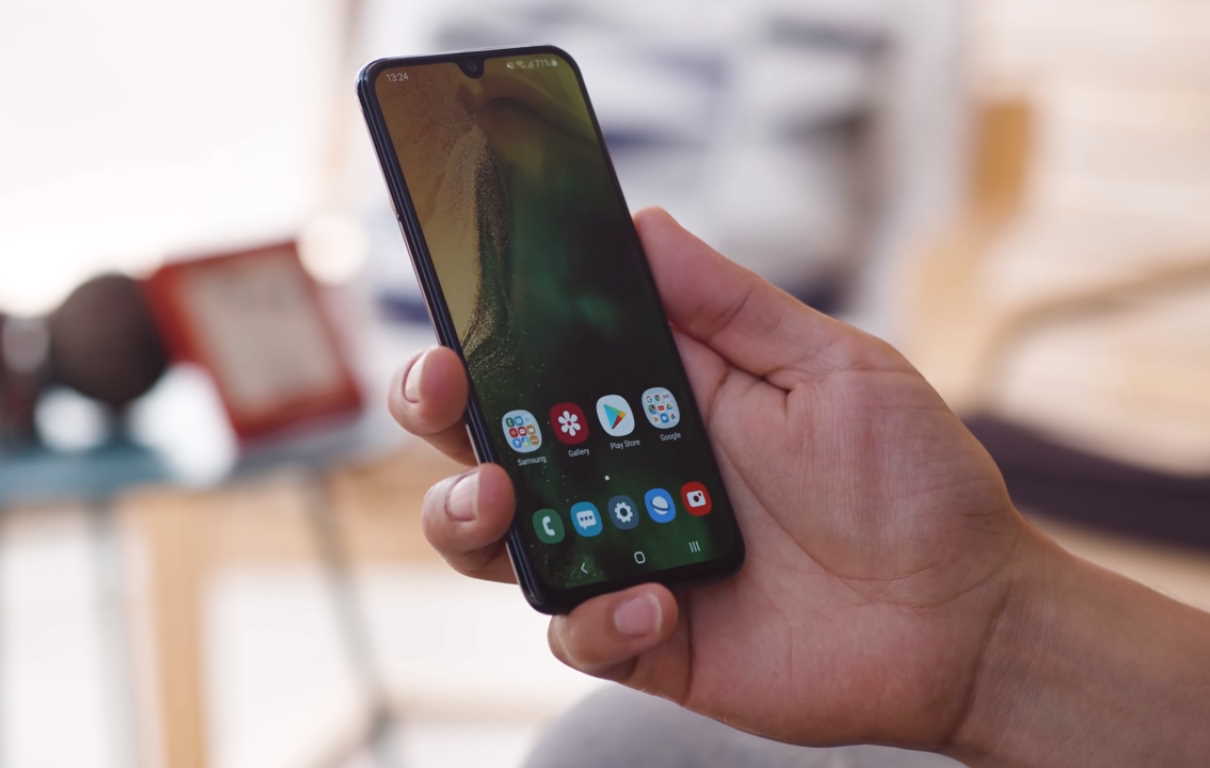Fingerprint scanner not working on your Samsung Galaxy A40? The fingerprint scanner makes unlocking your phone a breeze and when it stops working, it can be quite annoying. If you’re having issues with fingerprint scanner on your Galaxy A40 there are a number of solutions you can try. But first, we’ll take a look at what may be causing fingerprint problem in the first place.
Causes of Fingerprint Scanner Problem
Fingerprint issue can be caused by a number of factors. We take a look at some probable causes.
- Using wrong finger
- Your finger is too wet or too dry
- Scar or wrinkle on your finger
- Damaged fingerprint sensor
- Dirt on the fingerprint sensor
- Scratches on the screen protector
- Incompatible screen protector
- Software/firmware malfunction
Solutions to Fix Fingerprint Not Detecting Problem on Samsung Galaxy A40
Here are few solutions you can try when fingerprint sensor is not working on your Samsung Galaxy A40.
1. Clean the screen
The first thing to do when you notice fingerprint not working is to check if there is any dirt or smudges on the screen. Dirty screen protectors can cause the fingerprint sensor to malfunction. Take a clean, soft cloth dampen with alcohol solution and wipe the dirt off the screen. Once it is cleaned properly, check the sensor and see if it works. If it doesn’t try the next solution.
2. Remove screen protector
Low quality, dirty or scratched screen protectors can interfere with the touch sensitivity of the screen and may cause fingerprint to not function as intended. Try removing or cleaning the screen protector and check the sensor again.
3. Increase screen sensitivity
Sometimes increasing the touch sensitivity of the screen can also resolve the problem. Follow the steps below to increase the sensitivity of the screen.
- Open Settings from the home screen or from the notification panel by clicking the gear icon.
- Tap on Display
- Tap the Touch sensitivity and toggle to ON
4. Delete and add fingerprints
It is possible that your fingerprints have changed and it no longer matches with the one registered on the device. This can happen in the following scenarios.
- You have restored and transferred fingerprints from an old device to a new one
- You have moved to a new place that is either too cold or too hot
- Your fingers have scars or wrinkles
In such cases, removing the old fingerprints and registering with new one can fix the problem. Follow the procedures below to delete and add new fingerprints on your device.
Steps to delete old fingerprints:
- Go to Settings
- Scroll down and tap on Biometrics and security
- Tap on Fingerprints
- Type in the PIN, Password, or Pattern when prompted
- Select the fingerprints to remove. To select all, touch and hold a fingerprint then select All from the upper-left corner
- Tap on Remove (top right corner). Then confirm to remove
Steps to add new fingerprints:
- Go to Settings
- Tap on Biometrics and security
- Tap on Fingerprints
- Type in the PIN, Password, or Pattern when prompted
- Tap Add fingerprint. Enter the current PIN, Password, or Pattern if prompted
- Follow the on-screen tutorial to scan your fingerprint
- Tap Done to add the fingerprint
Note: Ensure the screen protectors are removed from the phone and your fingers are cleaned properly before proceeding with the new fingerprint registration.
5. Delete cache partition
A cache partition is a temporary memory location that stores frequently accessed files and data including your fingerprints. This data can get corrupted and cause all sorts of issues. Try deleting the cache partition and see if it resolves the problem.
Here’s how to clear the cache partition.
- Turn off the device
- Press and hold the Volume Up key and the Bixby/Power key.
- Continue to hold both keys until Android Recovery menu options appear
- Press the Volume down key and navigate to Wipe cache partition
- Press Bixby/Power key to select
- Press the Volume down key to highlight Yes, then press the Bixby/Power key to select
- When the process is complete, Reboot system now is highlighted
- Press the Bixby/Power key to restart the device.
6. Reset your device
Sometime a software update can introduce new bugs in to your device and cause new problems. Restoring your device back to earlier version of the software can often resolve such problems. However, a device reset will delete all data from the device therefore ensure to backup all your important files and data before proceeding with the operation.
Here is how to perform factory reset on your device.
- Open Settings from your home screen
- Tap on General management
- Tap on Reset
- Tap on Factory data reset
- Scroll down and tap on the Reset button
- Tap the Delete all button to proceed with the reset
The reset operation will take few minutes to complete. Once done, your phone will reboot. Once the phone has fully rebooted, try the fingerprint sensor again and see if it works. If it doesn’t, take your phone to the nearest Samsung care center to have it diagnosed by a certified technician.

